Part 15: Grandmaster Werdna
13: Grandmaster WerdnaThe starting point of Wizardry IV's True Ending is hidden on 2F, near the entrance to the Temple of Cant.
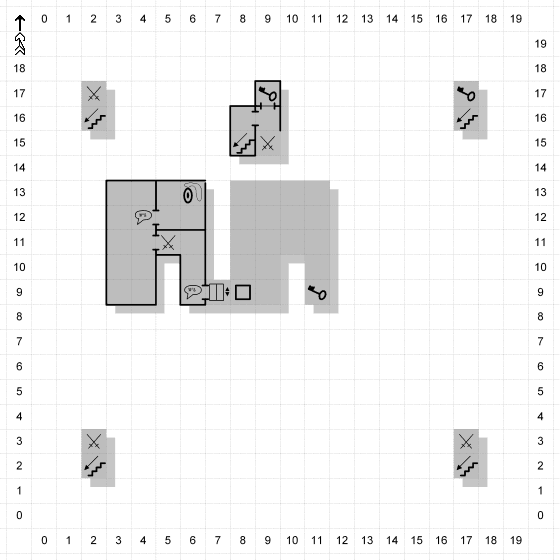
The trick is to turn 180 degrees after you take the elevator to this floor...
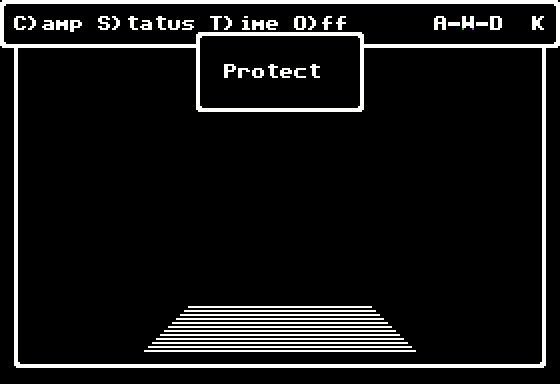
...and then walk straight into and over the pit at (8,9):
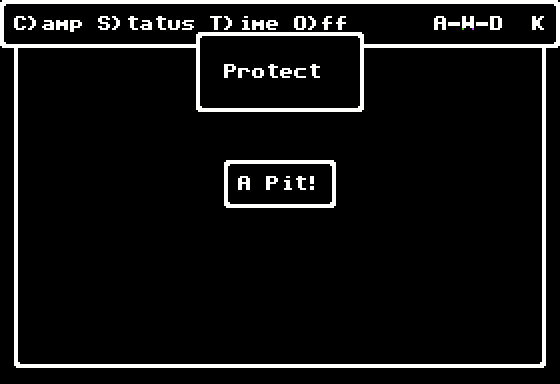
The counterintuitive thing here is that you'd assume Werdna should fall right down to the ground floor. But nope, instead you can continue down an invisible narrow ledge on the roof of Gilgamesh's Tavern, leading you to (11,9).
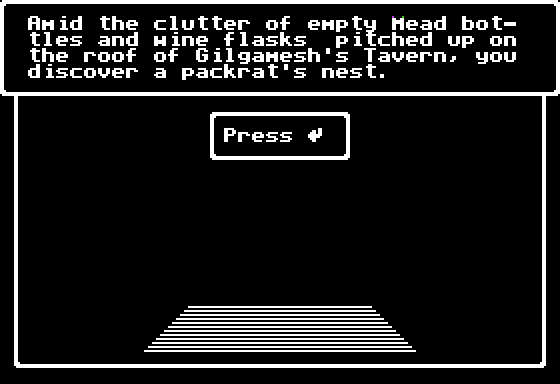
Rummage in the nest (Y/N)?
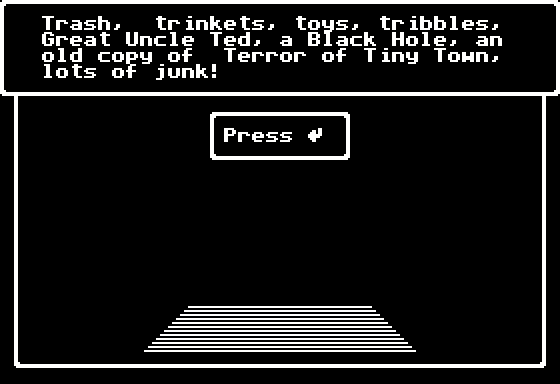
Lots of trash, as expected, including The Terror of Tiny Town.
But... hey!

Reach in and grab for it (Y/N)?
Hell no, it can be dangerous!
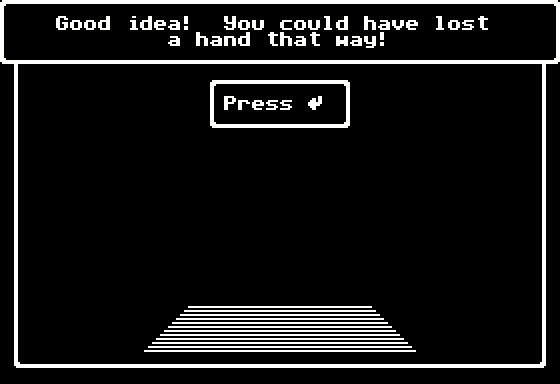
Wizardry IV, you're such a tease.
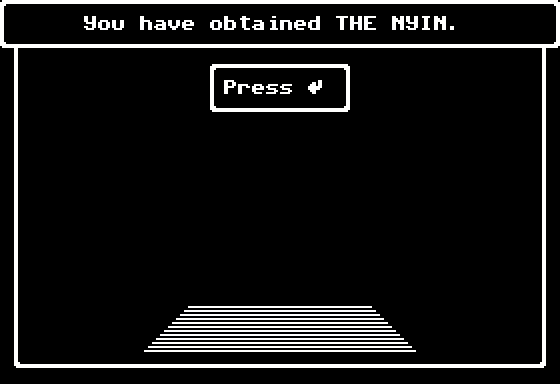
Nyin is a Tibetan root meaning "sun" or "day." The item we've obtained is mentioned in one of the Wandering Oracle's hints: For traveling through nothing, seek the nyin.
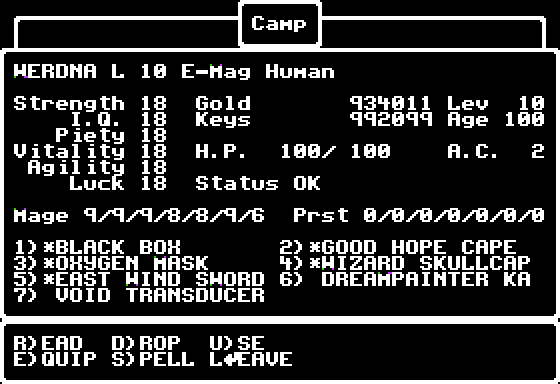
The Nyin shows up as a Void Transducer in the inventory.
Now that we've got the Void Transducer, the second step is -- even more counterintuitively -- to Malor all the way down to (10,9) on B10F, i.e., to Werdna's tomb and the original starting point of the game. Alpha and omega, baby. Or should I say Aleph and Tav?
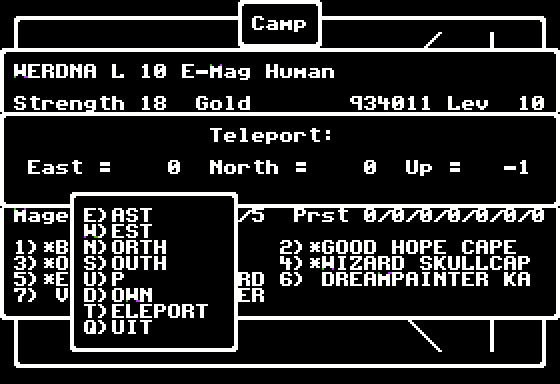
Anyway, drums please... Now we must Malor further down to B11F, the secret floor. Wizardry IV's greatest secret is that the dungeon is eleven, not ten floors deep.
Given the grenade puzzle earlier, it should come as no surprise that this is the only spot we can do that from. The Oracle's hints that might help you decypher this are sparse and vague: Down into the bowels of the Earth and Find the paths of the true way!
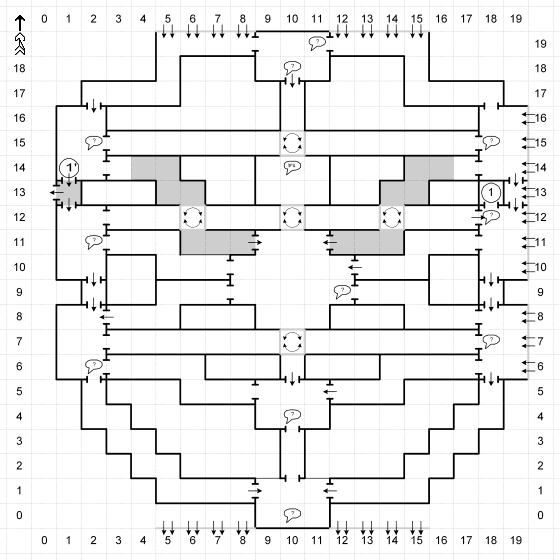
B11F is an encounter-free riddle floor. Furthermore, in keeping with the Oracle's Live the Qabalah!, B11F is modeled after the Tree of Sefirot, the Tree of Life in Kabbalah.
This is also what another Oracle hint, Look amidst "The Roots of the World", refers to.
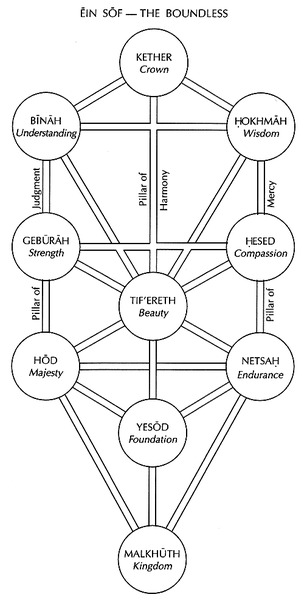
Admittedly this is a very complex topic, and I'm by no means a scholar of Jewish mysticism, but basically in Kabbalah the Sefirot, or ideal "numbers" (from the Hebrew root safor, "to numerate"), are the 10 divine attributes, or emanations of the heavenly realm through which the mortal realm is created and constantly being recreated. In addition to representing a particular aspect of God in His capacity of Creator, each Sefirah also corresponds to a certain stage in creation, or emanation. The Tree of Life, or the Sefirotic Tree, is a visual representation of the Sefirot, consisting of ten globes of light that are often depicted as arranged in 3 vertical columns and connected by 22 "channels." The channels correspond to the 22 letters of the Hebrew alphabet, believed by the Kabbalists to signify the immanent creative forces ceaselessly active in the world. The right column represents the spiritual force of expansion or Mercy, the left column, of restriction or Judgement, and the middle column, of the balance, or Harmony, between the opposing two.
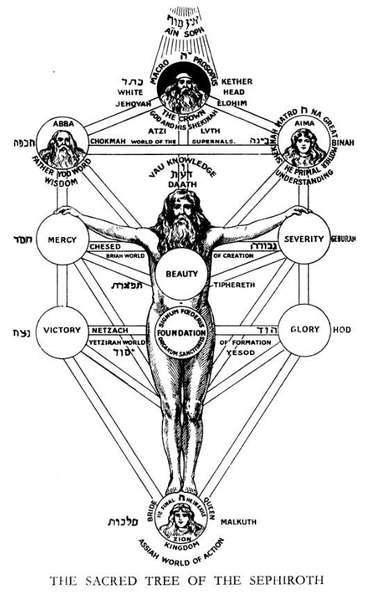
At the same time, according to the seminal book of Zohar, the Tree of Life is the spiritual body of Adam Kadmon, or "primordial Adam," the kabbalistic concept of the heavenly man who focuses in himself the totality of the divine emanation and is the original image of the earthly Adam and humanity in general. "The form of man is the image of everything that is above [in heaven] and below [upon earth]; therefore did the Holy Ancient [God] select it for His own form." The book of Zohar also states that not only do the Sefirot create the world of man, the moral perfection of the earthly realm also influences the ideal world of the Sefirot, so that the Tree of Life itself is in an important sense dependent on man. In the later Kabbalah of Isaac Luria (the so-called Lurianic Kabbalah), in contrast to Adam Kadmon, who is from the holy emanation, stands Satan, who is from the world of iniquity and death.
Essentially, it is between holiness and death, Ein Sof (the One) and Satan, that Werdna now has to choose. This is the only route in the game leading to the One, and therefore the One True Route.
Incidentally, I wonder if Wizardry IV was the first CRPG to feature "the true ending"?

Our goal is to climb the Tree of Life and name each Sefirah. The riddles become considerably easier once you figure out you're climbing the Tree of Sefirot, but unsurprisingly, figuring that out is precisely the trickiest part.
Wizardry IV associates every Sefirah with a particular vice, virtue, and color in a way that suggests Roe Adams took all this symbolism not from the original Jewish sources, but from a popular book on Tarot or, which is even more likely, from something like Dion Fortune's famous book of magic The Mystical Qabalah, first published in England in 1935 and reprinted numerous times since then. In fact, Dion Fortune's book may well have been what Roe Adams actually drew on, given that B11F's design follows its symbolism to a tee.
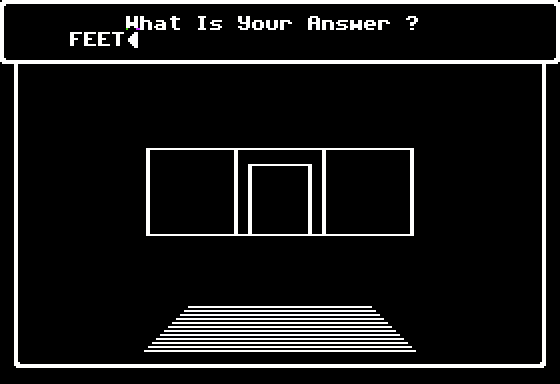
The first (or rather tenth) Sefirah is Malkuth, "Kingdom" or "Kingship", which stands at the bottom of the Tree. Being the bottom Sefirah, it is usually associated with the feet (as connecting the body to Earth when standing) or the anus (when sitting). The riddle speaks of standing, so the answer is Feet.
And if we were to give an incorrect answer...
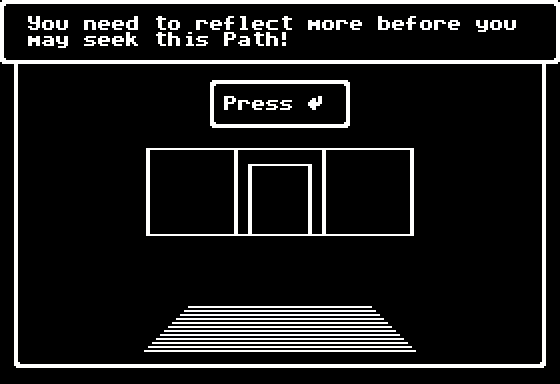
...the game would teleport us back to B10F.
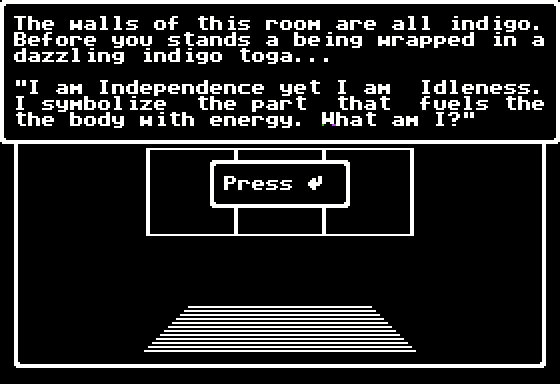
The ninth Sefirah is Yesod, "Foundation." It translates spiritual concepts into actions that unite us with God, and thus "fuels the body with energy." "If we liken the kingdom of earth to a great ship, then Yesod would be the engine-room," says Dion Fortune in her book.
Yesod tends to be connected with the reproductive organs, but the game modestly associates it with the Stomach.

The eighth Sefirah is Hod, "Majesty" or "Splendor." The answer to this riddle is Legs.
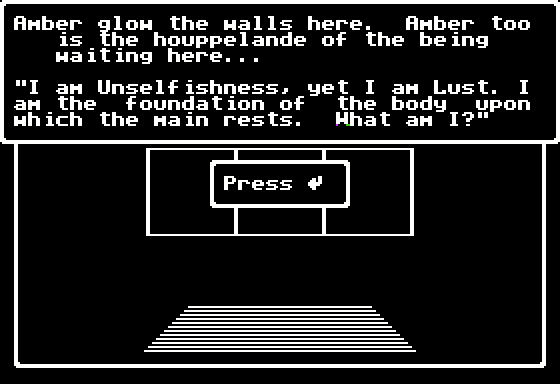
The seventh Sefirah is Netzach, "Victory" or "Endurance." Traditionally Netzach and Hod form the left and right hips and legs.
The game chooses to associate Netzach with Hips because of the reference to Lust (of note is that Dion Fortune also associates only Netzach and not Hod with Hips).
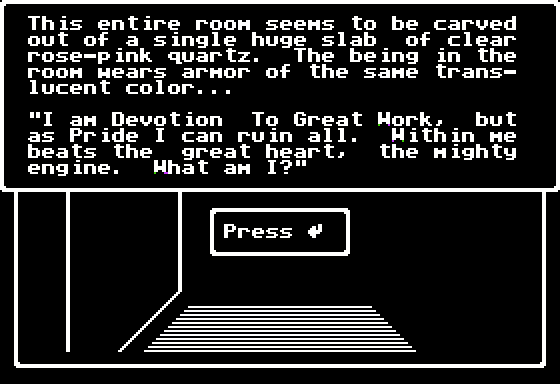
The sixth Sefirah is Tiferet, "Beauty" or "Spirituality." It is the Sefirah that represents the balance between Hesed ("Compassion") and Geburah ("Judgement"), and is related to the heart and the chest, or upper torso in general. The answer is Chest.

The fifth Sefirah is the aforementioned Geburah, "Strength" or "Judgement." It is the power that restrains urges, allowing the person to overcome his or her inner and outer enemies. It usually corresponds to the left arm, but Wizardry IV agrees with Dion Fortune's book in linking it to the Right hand, as well as in referencing "the whip of Geburah."
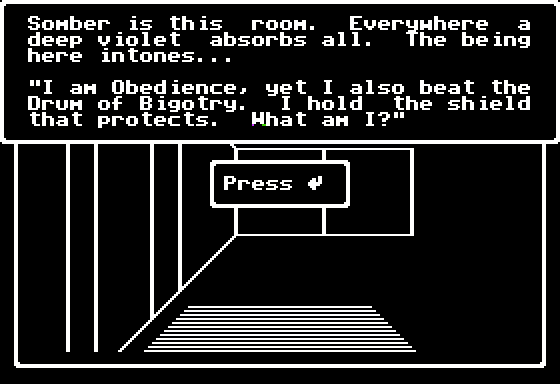
The fourth Sefirah is Hesed, "Mercy" or "Kindness." Hesed is associated in the soul with the desire to embrace all Creation and bestow goodness on it. And since Geburah was the right hand, the answer here is the Left hand.
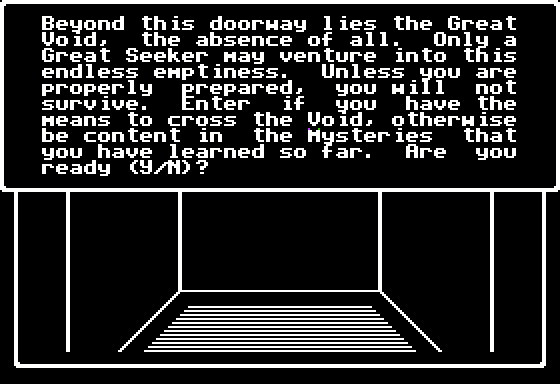
With the Void Transducer equipped, we enter the teleporter at (18,13) to be transported to the remaining three Sefirot, inaccessible otherwise. If I had to guess, I'd say the point here is that we enter the realm of higher faculties, and according to Job "Wisdom comes from nothingness" (28:12).
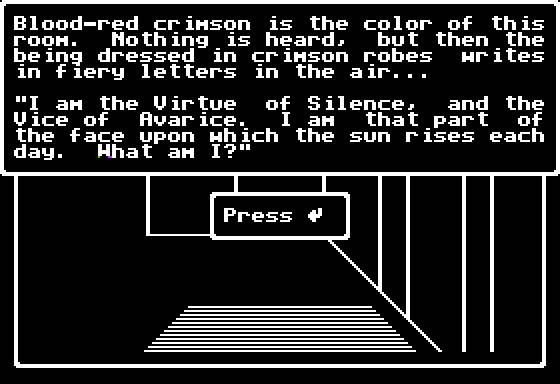
The third Sefirah is Binah, "Understanding" or "Contemplation." In an anthropomorphic visualization, it is related to the left side of the face (or of the brain, even), but just as it was the case with Hesed and Geburah, the game follows The Mystical Qabalah or a similar source in switching the sides around again, so that the answer to this riddle is Right cheek.
EDIT. Kayerts to the rescue:
quote:
Nah, Fortune's explanation for the reversal was a matter of perspective; i.e., viewing the tree objectively ("the macrocosm") or subjectively, as a representation of the self ("the microcosm"). Whether you're viewing it as a greater body or your own, basically.
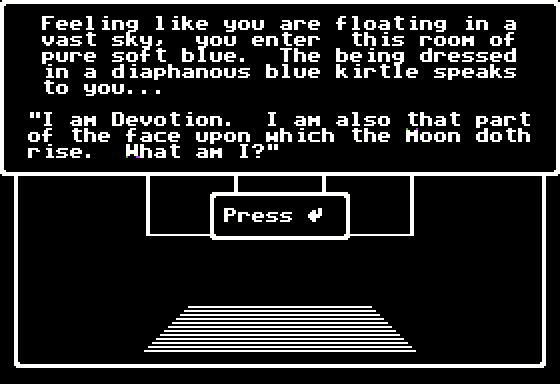
The second Sefirah is Hokhmah, "Wisdom," allied with the color blue and the spiritual experience of seeing God face to face. Note that the riddle doesn't mention any vice related to Hokhmah; that's because there is none.
And the answer is Left cheek.

Finally, the first and topmost Sefirah is Kether, the regal Crown at the head of the Tree, the Lux Occulta called in the Zohar "the most hidden of all hidden things," completely incomprehensible to man, attainment and completion of the Great Work, again without any vice to correspond to it. Dion Fortune's book notes "Color: Brilliance."
In the microcosm, the Crown corresponds to the Brain.
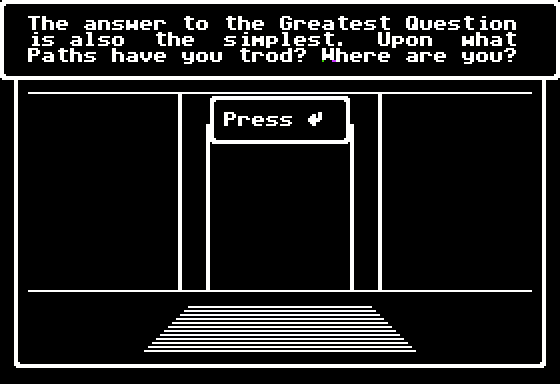
However, the game isn't content with getting us to guess the bodily parts. It wants us to know what it is we have climbed.
We already have the answer: it is the Tree of Life.
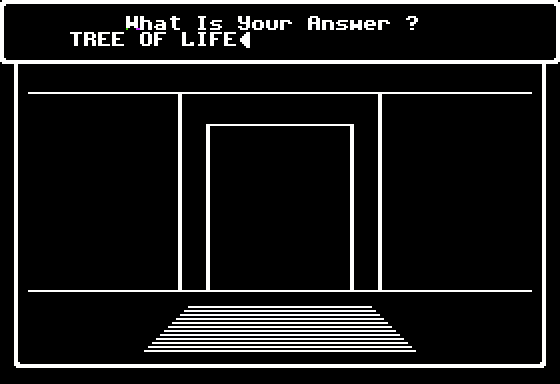
Correct!
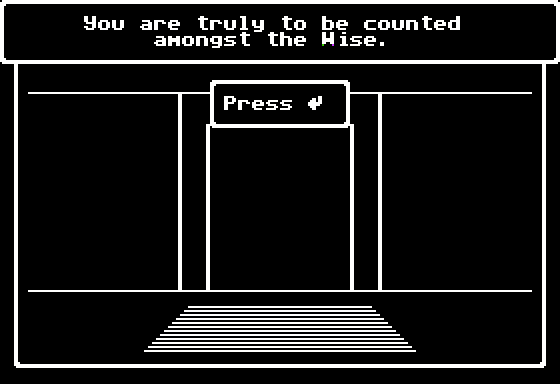
Now Werdna knows what Tree the Orb of Dreams references when used:

It is the Tree of Life, and the "Opening" must be the only spot in the dungeon where you can access it from.
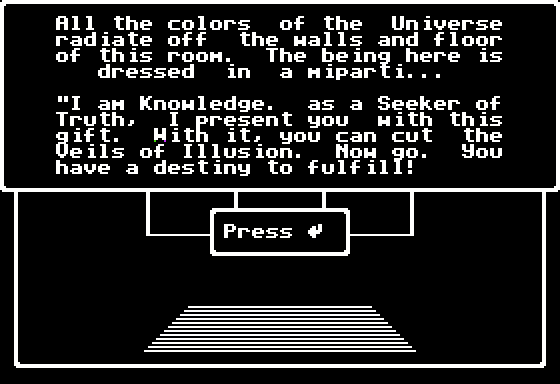
Going further north brings us in the presence of a radiant being who bestows a gift on Werdna.

The "Clear Light" is a weapon, the Kris of Truth. "So he drove out the man; and he placed at the east of the garden of Eden Cherubims, and a flaming sword which turned every way, to keep the way of the tree of life" -- Gen. 3: 24. "He held seven stars in his right hand, and a sharp double-edged sword was coming from his mouth." -- Rev. 1: 16. The "Flaming Sword" is also mentioned in The Mystical Qabalah as one that cuts "from Kether to Malkuth in the order of development of the Sephiroth," protecting the Tree of Life.
The Kris of Truth is the fourth, secret endgame weapon. In contrast to the three swords that we can get at the Temple of the Dreampainter, this one is only accessible through solving the riddles of the Sefirot.
With the Kris of Truth in hand, we teleport back to the surface, defeat the All-Stars and Hawkwind again, and enter the Inner Sanctum for the true ending.
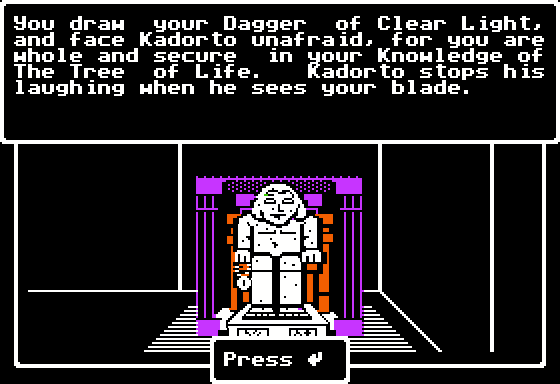
It is only now that Werdna really means business.
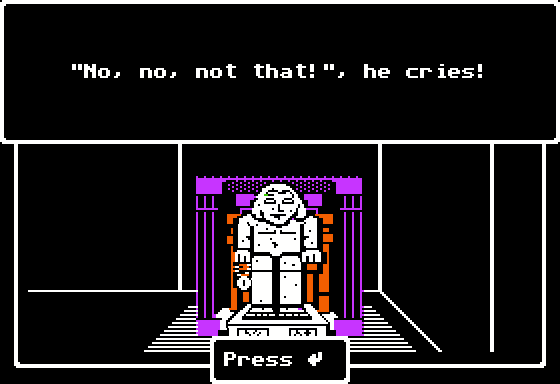
To witness a god crying... but is this a god at all?
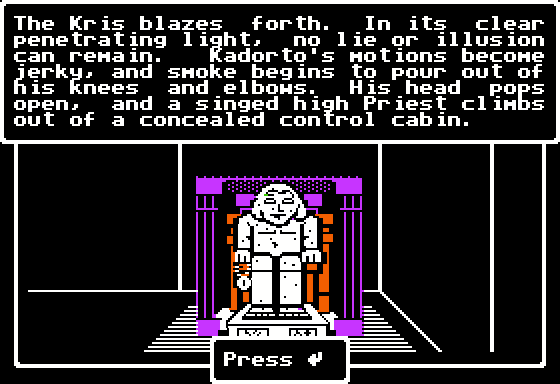
Enter deus ex machina. Or is it machina ex deo?
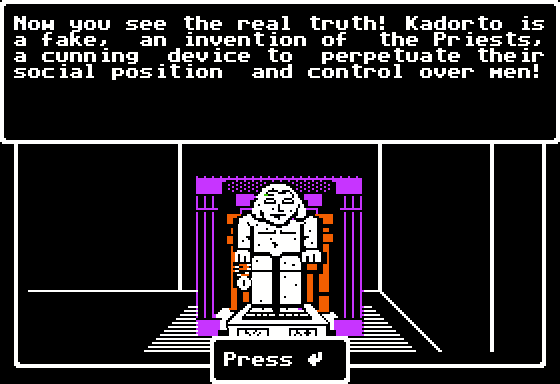
Religion is a lie. Such is Wizardry IV's pungent social commentary.

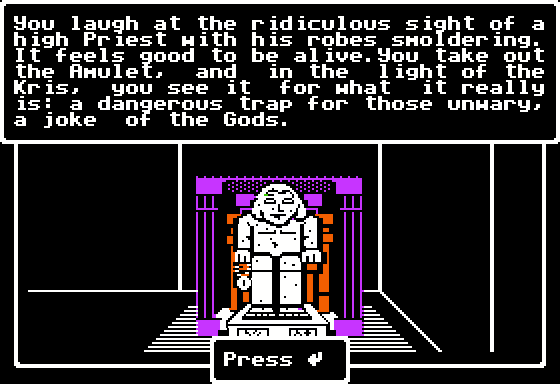
Thanks to the sword of light, Werdna now sees The Truth.
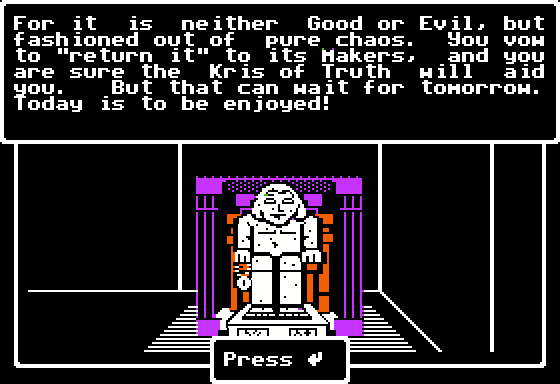
The Truth that lies in the enjoyment of today.
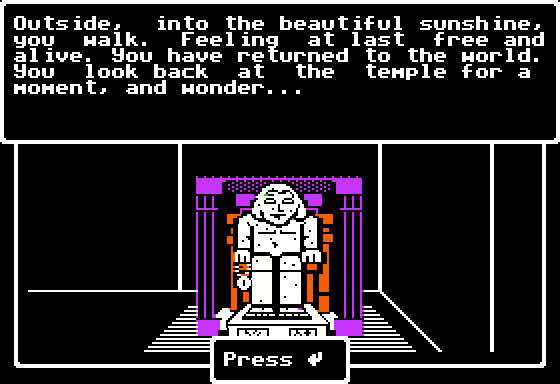
Have you forgotten something?

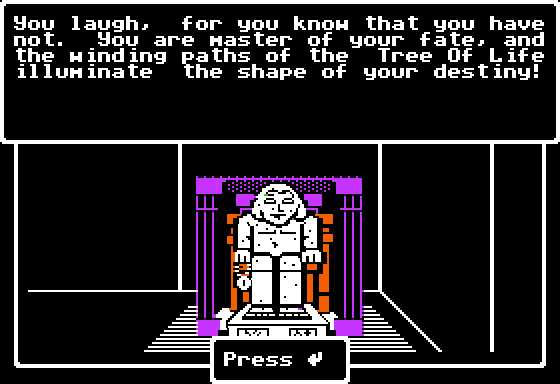
Werdna the Kabbalist is the best Werdna.

But if you have found the path of fulfillment, why give SirTech a call?
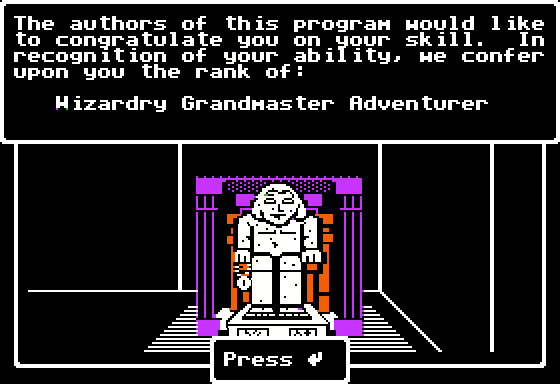
Because you're a goddamn Wizardry Grandmaster, that's why.
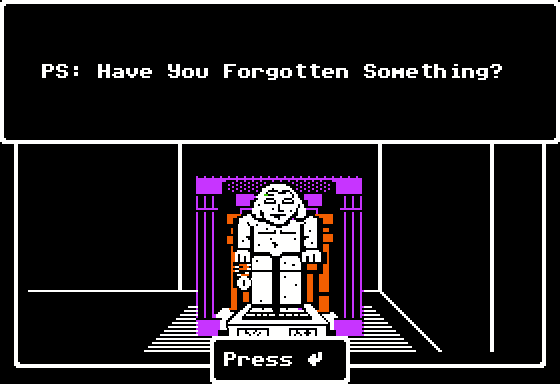
PPS: Don't worry, you haven't.
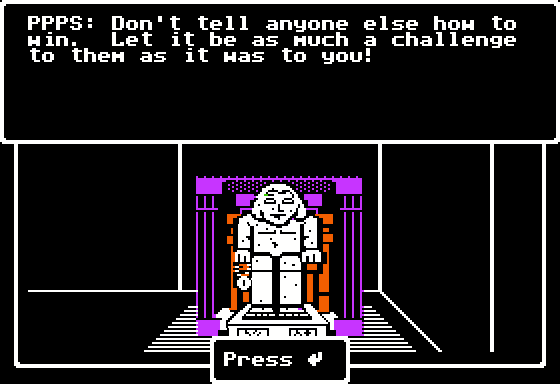
I think I just broke this rule, but hey, I'm not the first so it's okay.
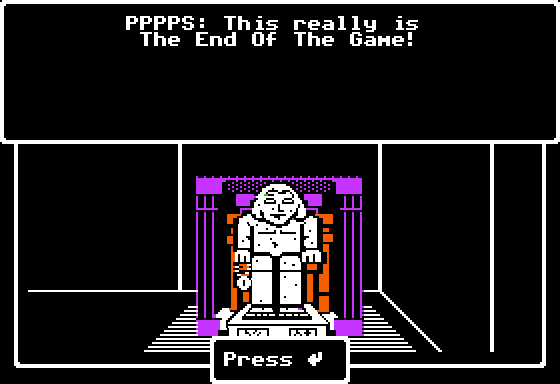
Oh come on...
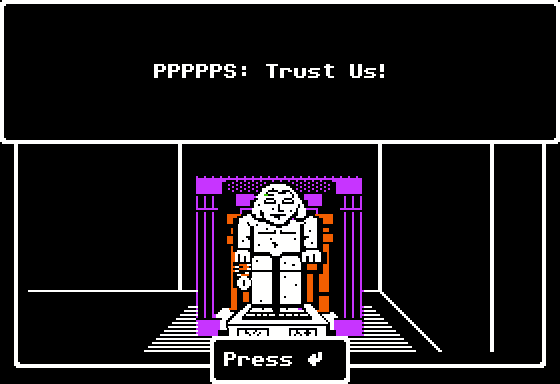
Trust you? That's a good one.
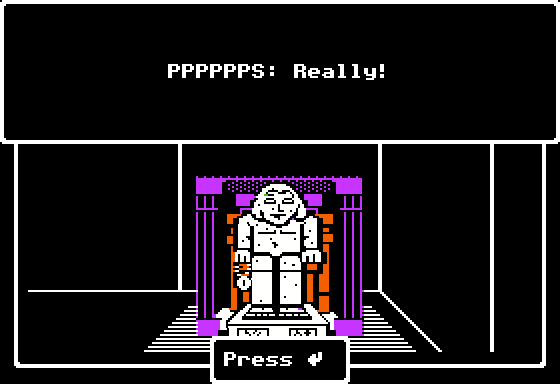
No way...
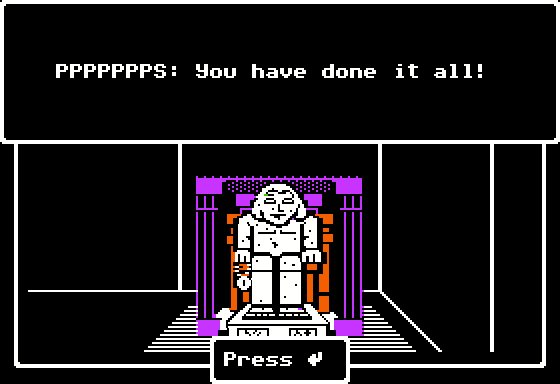
I can hardly believe it, but yes, I think this is it.
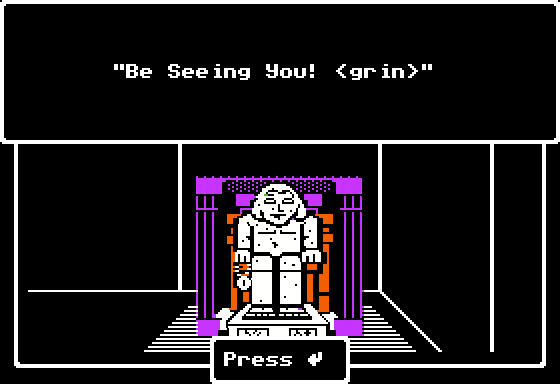
And so Werdna has become beyond Good and Evil.
THE END.